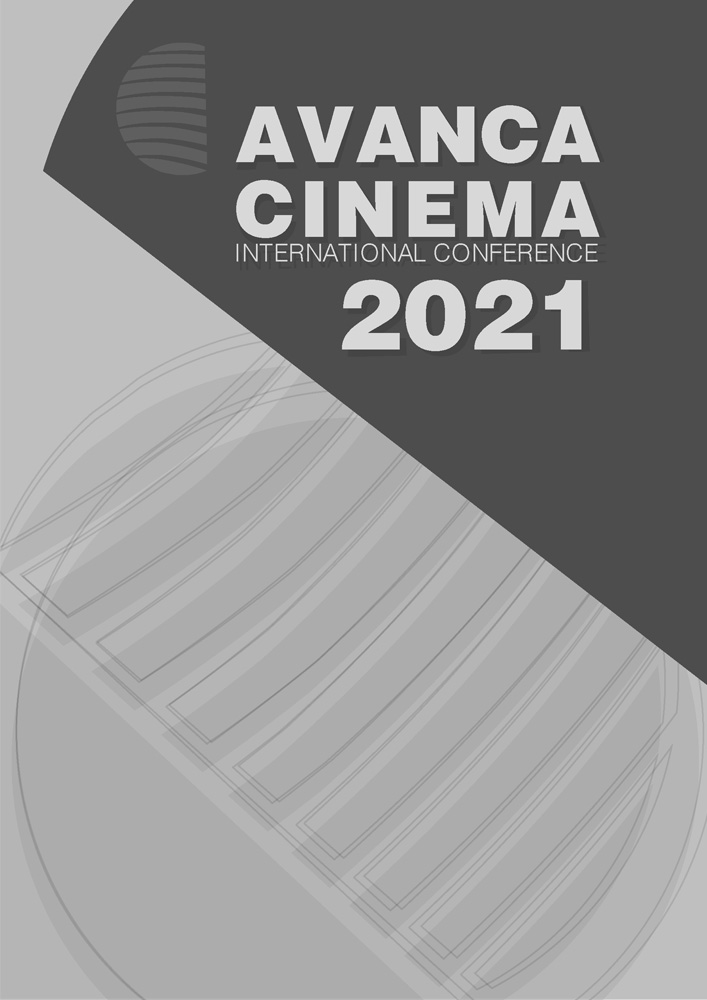Chapitre II _ Cinéma - Cinéma
The classic Theories of editing for the cinema and its impact on Video Games’s narrative
Résumé
Video games are an audiovisual form not necessarily narrative, however, day after day they have been improving in this facet (Gosciola 2009). They have their greatest strength, in the interactive relationship they share with their viewer, with his player, as (Pérez 2010) calls him. This author also mentions that video games allow to be co-creator of the text, and although there are other interactive audiovisual forms, video games occupy one of the most important places in this aspect. Still, as mentioned above video games have been evolving into the narrative aspect, for which they have resorted to taking elements from different places, one of them the cinema, elements that are important to identify. Therefore, the objective of this work was to identify these similarities in film editing , between film and video games. For this purpose, the concept of: Institutional Representation Mode (MRI) coined by Burch in 1970 was analyzed and a film was revised at the same time: (Intolerance.1916) of Griffith that exemplifies the conventions of the concept mentioned above, under the refuge of the conventions proposed by this concept, a comparison was made between the aforementioned film and two narrative video games of the last decade: (Heavy Rain. 2010) and (GTA V. 2013) this in order to point out in a timely manner the elements that have been brought from cinema to video games. After the analysis it was possible to show that video games apply the concept of MRI to their audiovisual narrative.

Ce travail est disponible sous la licence Creative Commons Attribution 4.0 International .

